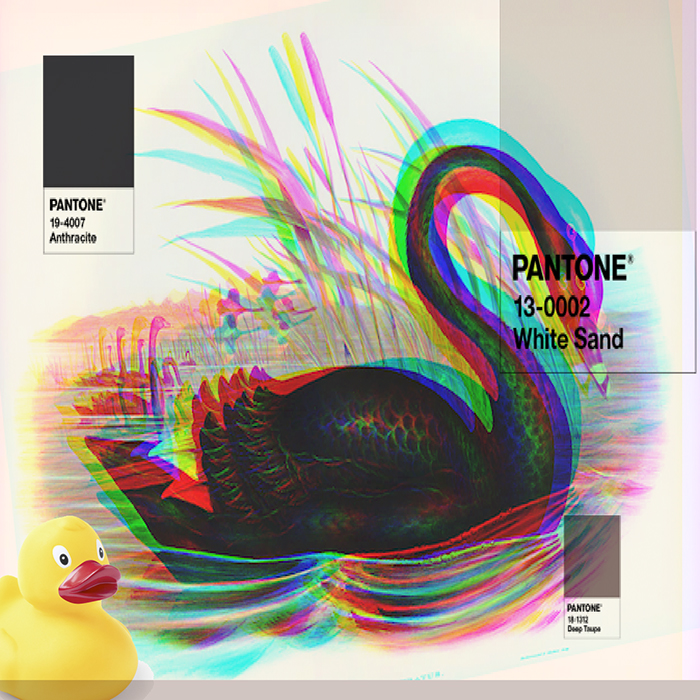Along with the traditional or nuclear family, other family models have been incorporated in recent decades. These include separated or divorced parents, reconstituted (remarried with at least one child), single-parent, adoptive or foster, and multi-ethnic or homoparental families. This social change must necessarily pass into the classroom so that all children can see the reality of their home in the educational system. Students need to know and understand that there are multiple ways of forming a family.

Children have no filters. They notice everything when it comes to what people say or how folk look. Children at school may also begin to understand that their families might be different. They could start to question whether there are “good” or “bad” families when confronted with families that do not resemble their own. Some of the questions that can appear are:
Creating a space for children to let their curiosity flourish, particularly when comparing themselves to their peers, will be an essential aspect of their learning. A teacher’s role is vital in helping them learn to respect, accept, and welcome their — and other — family dynamics that might look “different” than their own.
In the end, the best thing you can do is to provide your students with an environment that lets them feel safe and accepted.
Surrounding them with positive examples and diverse play experiences as they learn will help build their confidence and acceptance.

The BRIGHTER FUTURE project has been funded with support from the European Commission. This publication reflects the views only of the authors, and the Commission cannot be held responsible for any use which may be made of the information contained therein.
